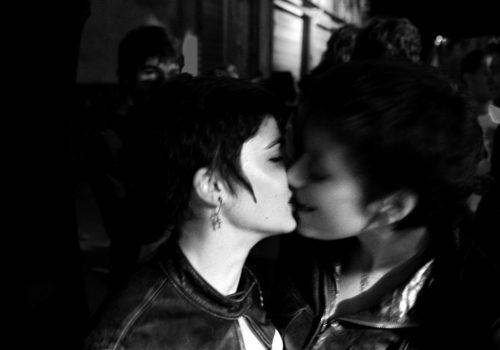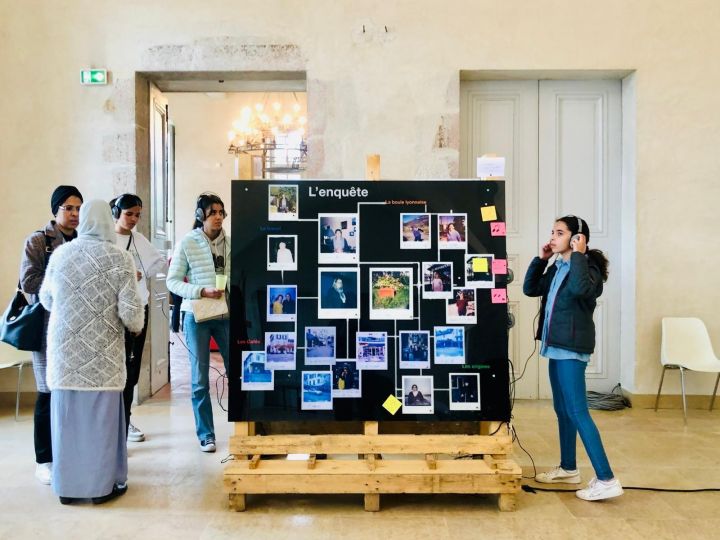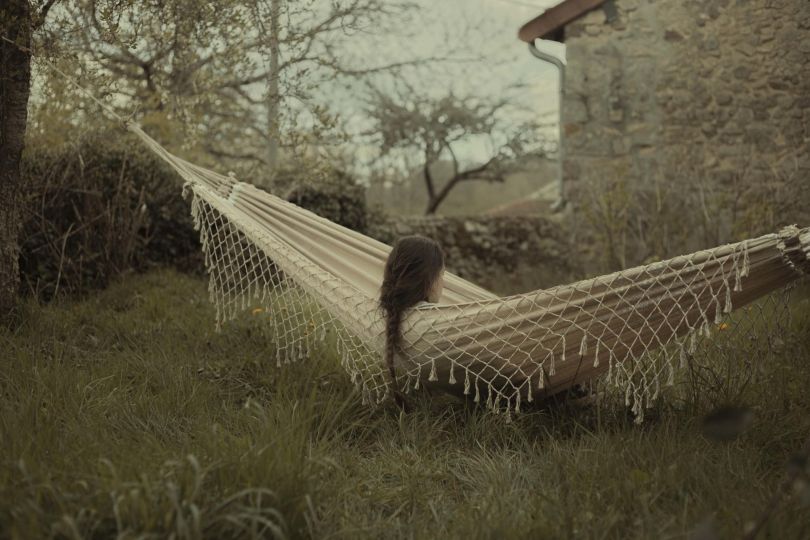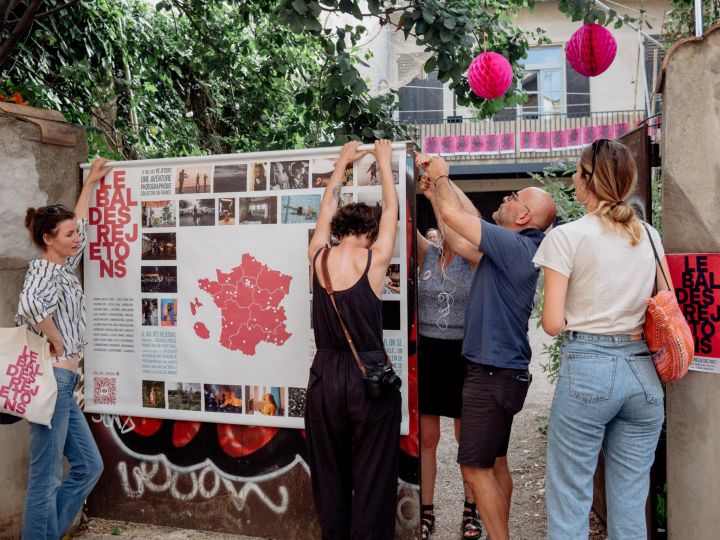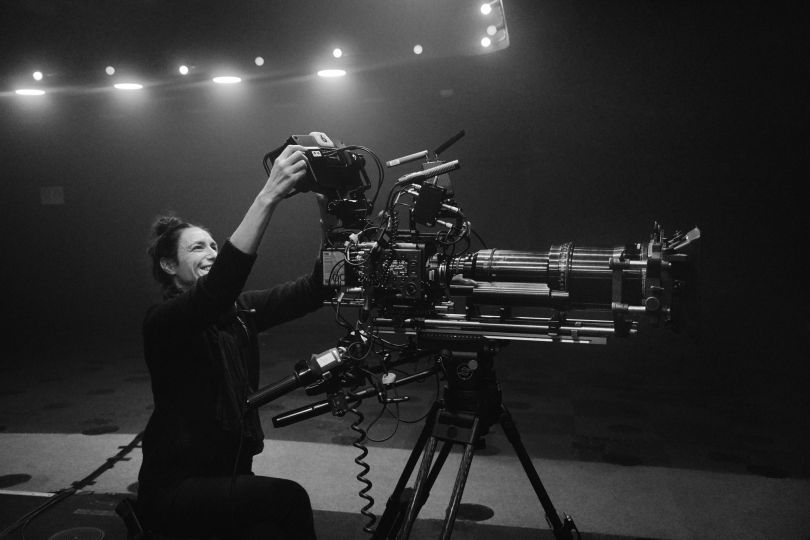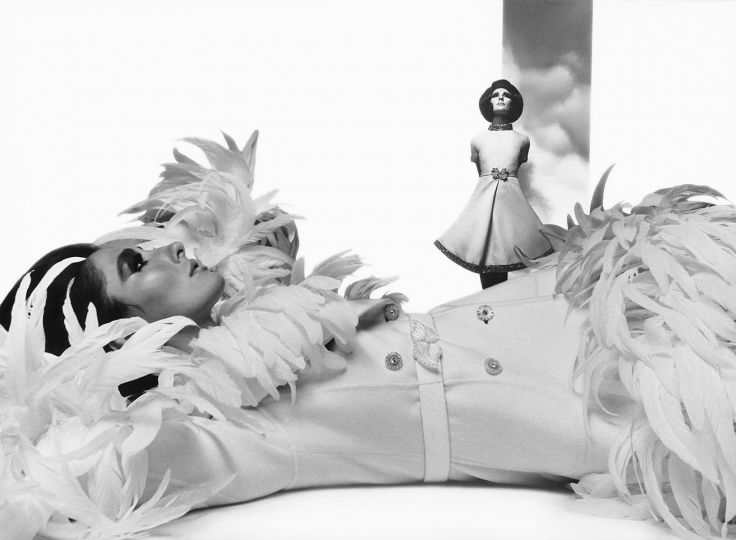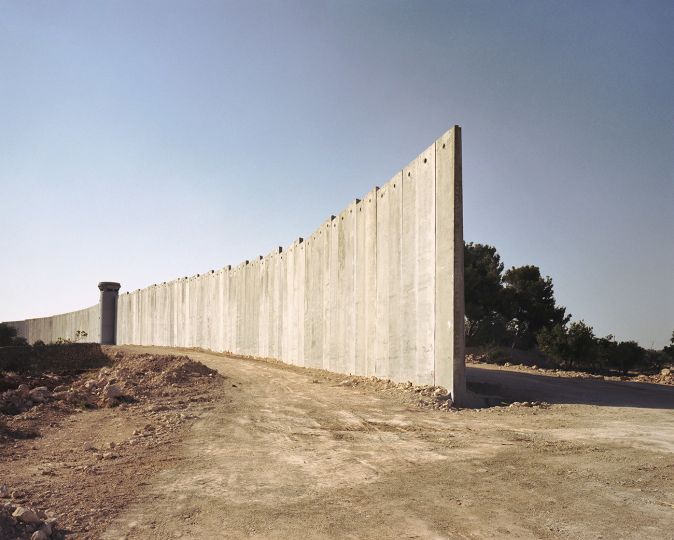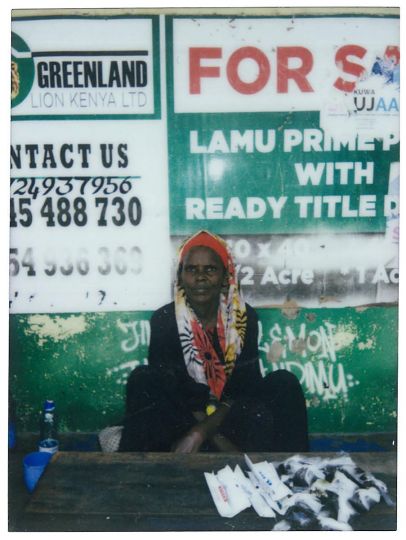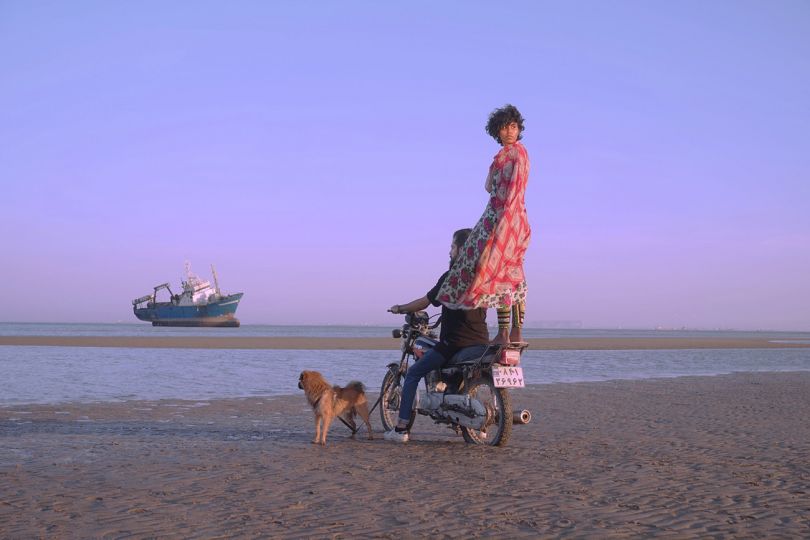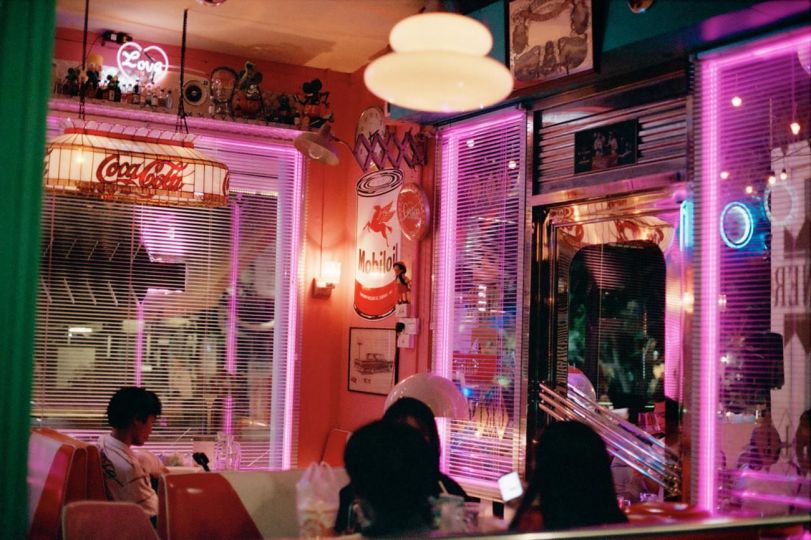Before making a fresh start in 2018, a group of photographers from Nantes, united under the name Bellavieza, spent 10 years experimenting work, creation, and daily life collectively. Between energy and exhaustion, Jérôme Blin and Gaëtan Chevrier reflect on a chaotic adventure that ultimately strengthened their desire to promote a shared vision of photography.
How did the collective come about in 2008?
Jérôme Blin: Along with Benoit Arridiaux (the third photographer who co-founded Bellavieza), we were part of a first collective called Icono verde. But it was more of a gathering of photographers rather than a group with a lot of shared projects. We met Gaëtan, and we created Bellavieza. We had this desire to work together, and since we were all self-taught, it might have reassured us as well.
Gaëtan Chevrier: I started photography on my own, and when I decided to become professional it first happened through the collective. I wanted to share. I wasn’t confident in my practice, and working with others allowed me to contribute but also learn from others.
What did “working together” mean for Bellavieza?
Gaëtan Chevrier: We worked through project setups, choices, and editing together. The collective Tendance floue was a big reference for us, even though we may have idealized it a bit. We really wanted to be independent and autonomous, and we tried to maintain that direction until the end.
Jérôme Blin: The idea was truly to develop projects together. For a long time, we gave everything to the collective. During the first seven years, we worked together, at least the three or four of us (following the arrival of new photographers).
What was the working atmosphere like?
Jérôme Blin: There was no hierarchy. We were kind of wild in the beginning!
Gaëtan Chevrier: The three of us had strong personalities, so sometimes things got hot. But that was our way of exchanging and building. We hit some walls, but falling wasn’t really a problem—we were there to help each other get back up. It gave us a thick skin, but it also unconsciously exhausted us a bit.
Jérôme Blin: What hurt us was that we were putting in so much energy, but it wasn’t bringing in any income, and we all needed to eat. That played a role too. Everyone was trying to find their own rhythm, and it wasn’t easy for no one.
Did you feel like you were missing a framework?
Gaëtan Chevrier: Working together is great, but sometimes you don’t move forward. We had endless debates. It took us a while to realize that our way of working wasn’t the most efficient. When you want to progress and aim for ambitious projects, it becomes a real question.
Jérôme Blin: We were quite strict about the collective—it was intense. We sometimes missed steps and lacked an outside perspective on what we were doing. We were trying to do everything, and it drained our energy. When the idea of bringing someone in to help structure things came up, it was probably already too late.
You still decided to open the collective.
Jérôme Blin: Photographers Adeline Praud and Hanane Housni joined the collective. At some point, we thought it might save the collective.
Gaëtan Chevrier: We knew each other so well, the three of us, that when we opened up the collective, it wasn’t easy for those who joined. It probably helped Adeline to be part of the collective, but she didn’t join at the right time. She’s someone who is extremely organized. She stepped into a situation that had been chaotic for years. It was healthy, but it also brought up issues we hadn’t wanted to face or didn’t know how to handle.
And ultimately, after ten years, you decided to stop.
Jérôme Blin: At some point, you have to ask yourself: where am I going with the collective? It was hard because it’s what had driven us for so many years. It was incredibly powerful.
Gaëtan Chevrier: Even if we shared common goals at the beginning, they evolve. That’s enriching, but at times, you can lose yourself in it. So, we stopped.
Jérôme Blin: I had been hiding behind the collective as an individual. When it ended, it took me a year to find my place again. Putting myself forward as an individual was challenging.
What do you take away from that time?
Jérôme Blin: We have no regrets, no remorse. It brought us so much—ways of working, great projects. We even made it to Arles together! And throughout those years, we had such a strong sense of pride in having founded and been part of the collective. We had no perspective on what we were doing, but we didn’t care—it was great that way. Now, looking back, we see all that we produced.
And about collective work?
Gaëtan Chevrier: It didn’t stop us from wanting to work with others—it was more of a springboard. You learn from both the negative and positive experiences. I have a project now called Versants, with other artists Jérôme Maillet and Tangui Robert, and I think we found each other after digesting other collective experiences. We knew why we wanted to work together. But working with others is still something that feeds me. That’s why Jérôme and I continue to collaborate. We do projects together, co-creating. We have one camera for both of us, and we construct the images together. After four projects, we still have this desire. We complement each other a lot. And we founded the Sur La Crête publishing house.
This publishing house also helps showcase other collectives?
Jérôme Blin: We’re publishing a book by the collective Globule Noir—three female photographers working collectively. All the images are mixed together; you can’t tell who took which photo. But it’s a more light-hearted collective, working episodically—it’s the opposite of what we did.
Gaëtan Chevrier: It’s interesting to see that other types of collectives exist, especially now when we realize, from emails or people we meet, that photographers are often very isolated. We never saw it that way, and we’re realizing now the energy a collective can offer.
More informations

